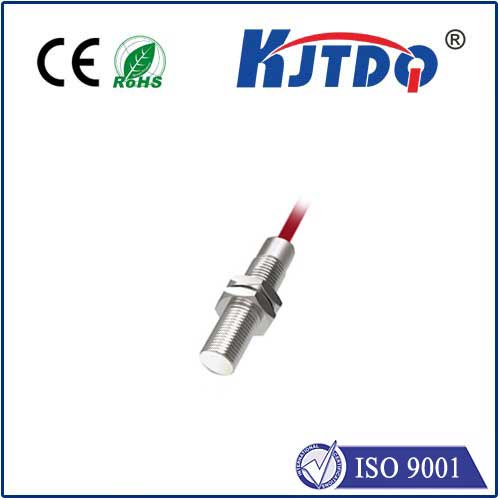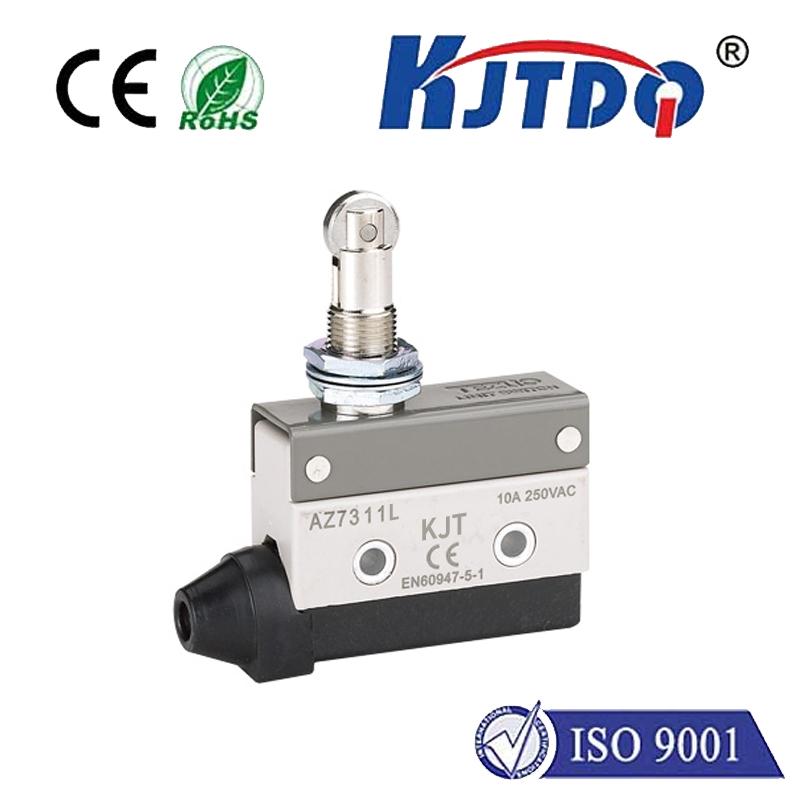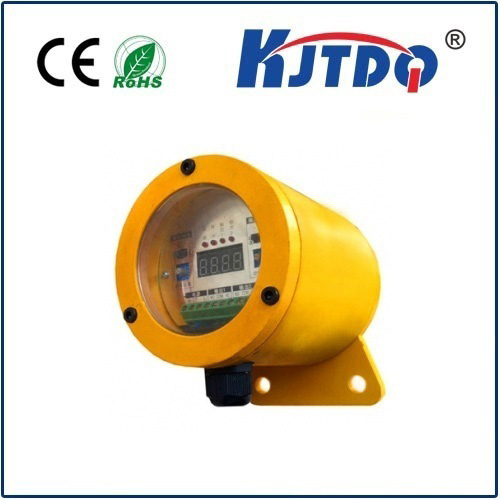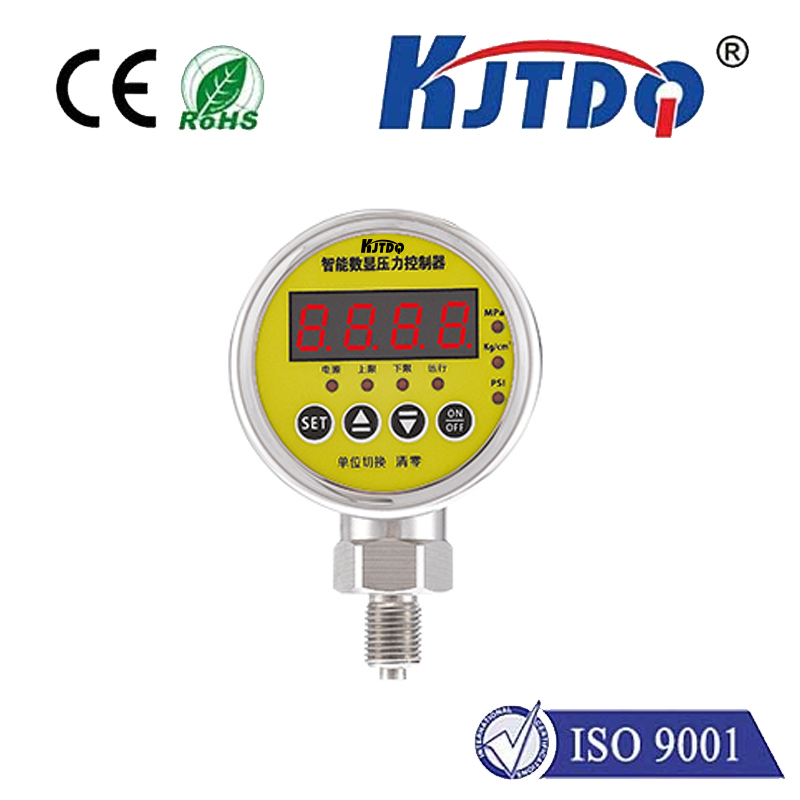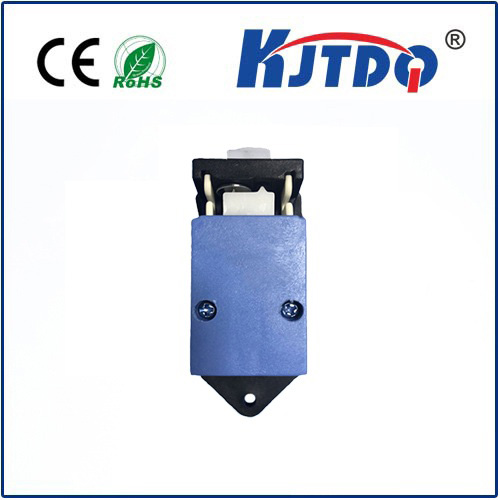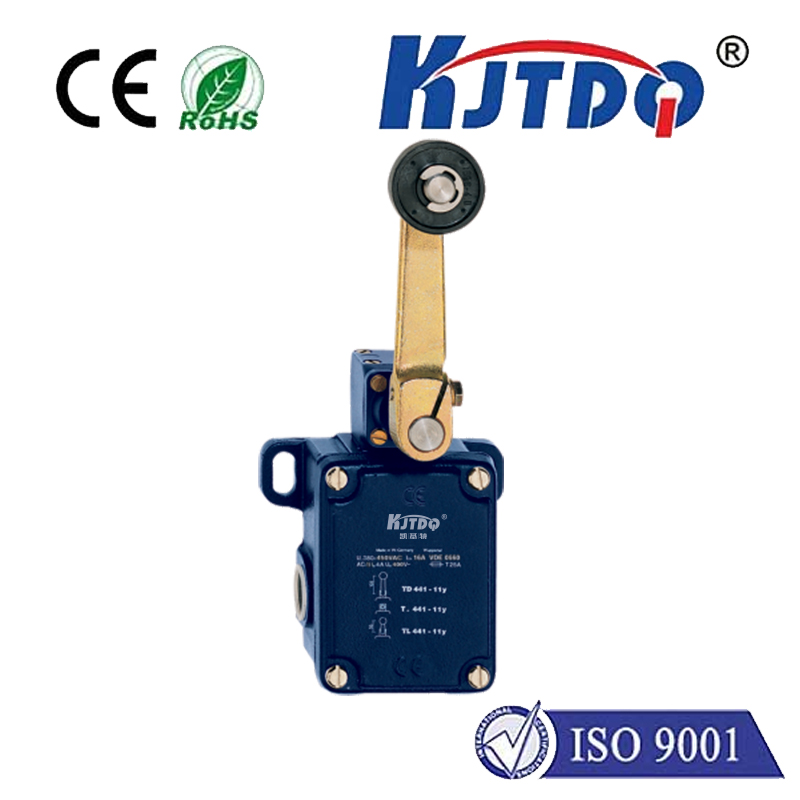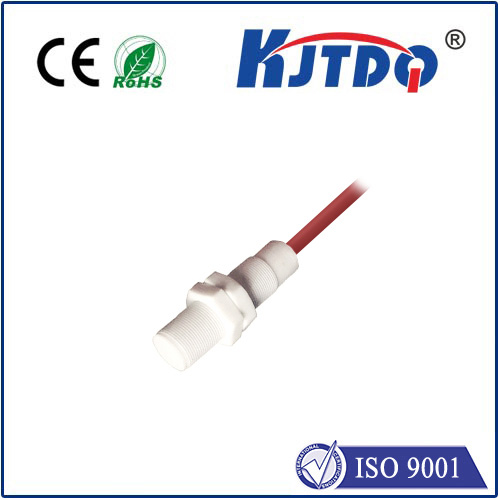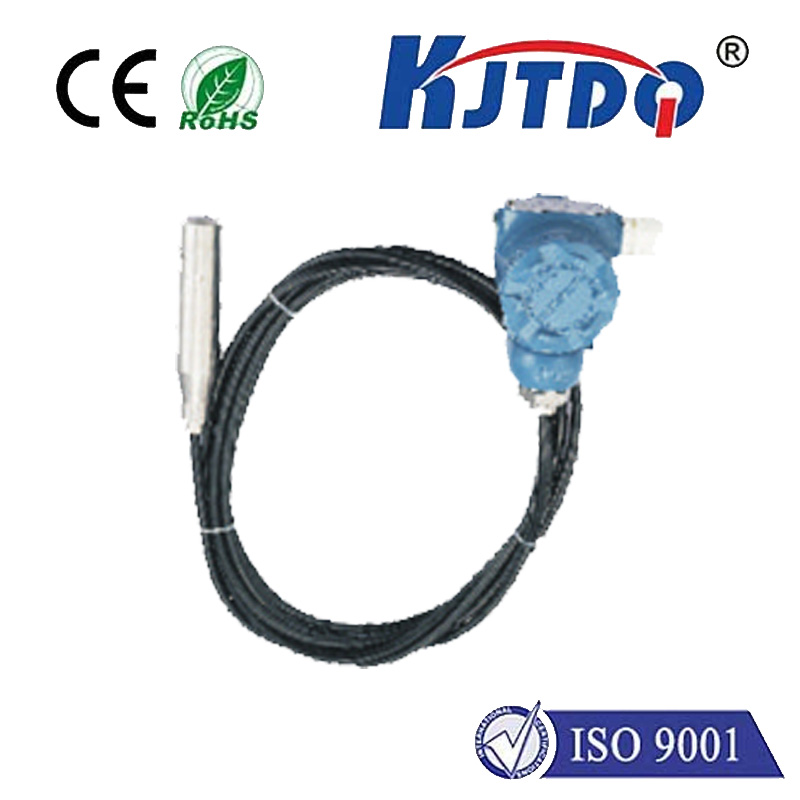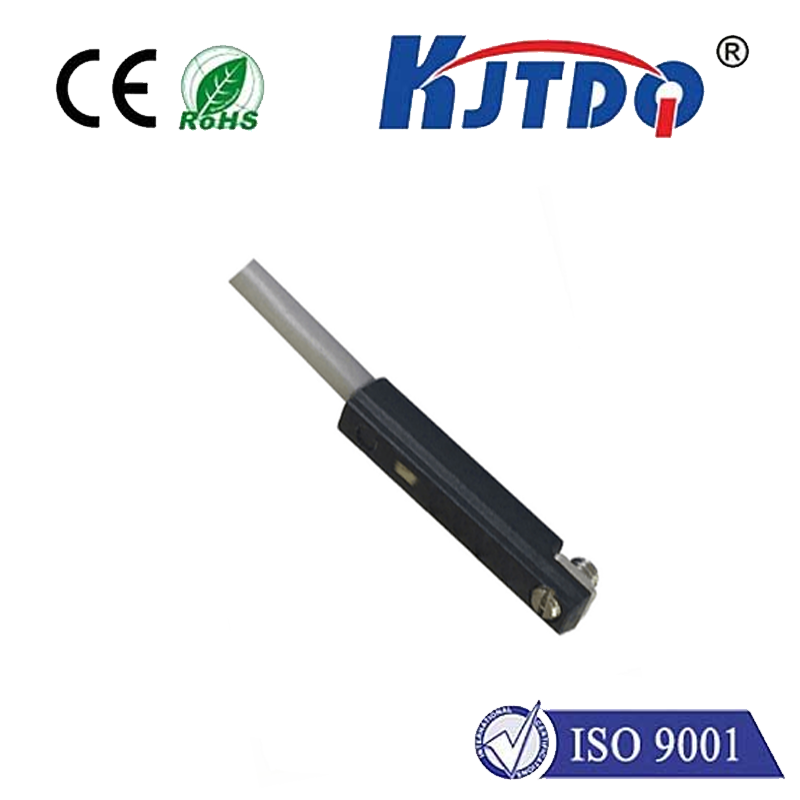
check

check

check

check
Title: Analog Inductive Proximity Sensor: A Comprehensive Guide
Introduction:
Analog inductive proximity sensors have revolutionized the way we detect and measure distances in a variety of industries, including manufacturing, automotive, and healthcare. These sensors use a simple yet effective method to determine the presence or absence of an object by measuring the changes in magnetic fields generated by the sensor's coil. In this article, we will explore the basics of analog inductive proximity sensors, their working principle, applications, advantages, and disadvantages.
Working Principle:
The basic principle behind an analog inductive proximity sensor is the creation of a magnetic field around the sensor's coil. When an object comes into contact with the coil, it induces a current in the coil, which causes a change in the magnetic field. The sensor then measures the strength of the magnetic field and uses it to determine the distance between the object and the sensor.
Applications:
Analog inductive proximity sensors have numerous applications in various industries, including:
1. Industrial Automation: These sensors are commonly used for detecting the presence of machines, robots, and other equipment in factory settings, helping to prevent accidents and improve productivity.
2. Medical Devices: In medical devices such as pacemakers and insulin pumps, analog inductive proximity sensors are used to track patient health data and provide real-time feedback to healthcare professionals.
3. Automotive Industry: These sensors are used in car engines and transmission systems to monitor the performance of these components and detect any potential issues before they become major problems.
4. Home Automation: In smart home systems, analog inductive proximity sensors are used to detect when people enter a room or approach an object, triggering automatic actions such as turning on lights or adjusting temperature settings.
Advantages and Disadvantages:
Like any technology, analog inductive proximity sensors have both advantages and disadvantages. Some of the main advantages include:
1. Easy to install: These sensors are relatively simple to install and operate, making them a cost-effective solution for many applications.
2. Long lifespan: Analog inductive proximity sensors have a long lifespan, typically lasting several years before requiring replacement.
3. Non-intrusive: These sensors do not require direct contact with the object being measured, making them ideal for applications where physical contact may be harmful or uncomfortable.
However, there are also some disadvantages to consider, such as:
1. Low accuracy at high frequencies: Analog inductive proximity sensors may struggle to accurately measure distances at high frequencies, such as those used in wireless technologies like Bluetooth or Wi-Fi.
2. Limited resolution: These sensors may have limited resolution, meaning they cannot detect small objects or changes in distance with great precision.
Conclusion:
Analog inductive proximity sensors have proven to be a valuable tool in a wide range of industries due to their simplicity, ease of use, and long lifespan. While they may have some limitations compared to other types of sensors, their many benefits make them a popular choice for many applications. Whether you are looking to improve productivity in your factory, monitor patient health in a hospital setting, or automate your home, an analog inductive proximity sensor can help you achieve your goals.
